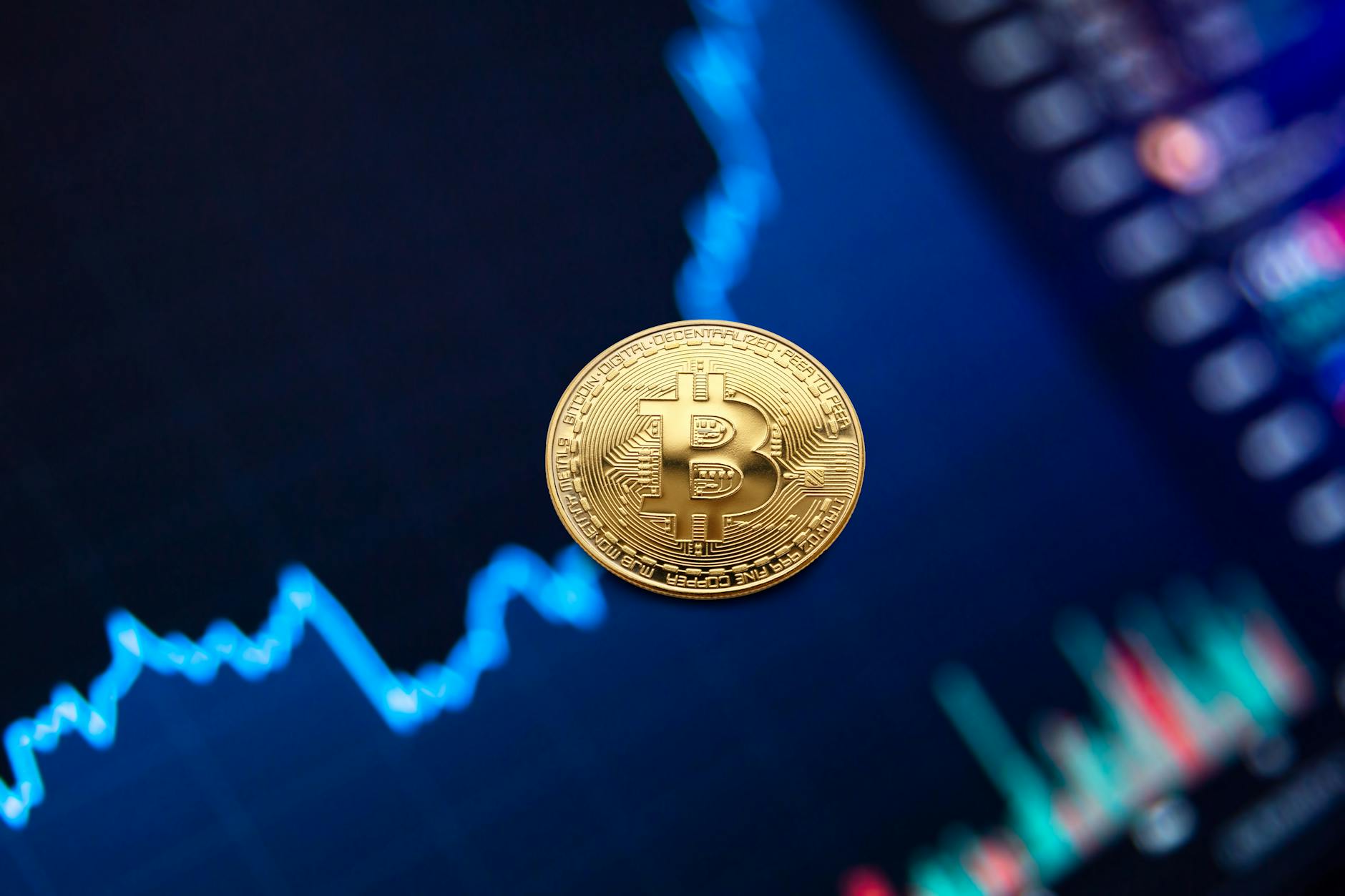In a world where traditional finance is facing challenges, decentralized finance is emerging as a promising alternative. DeFi, short for Decentralized Finance, consists of various applications built on blockchain technology.
These applications seek to eliminate the need for third-party intermediaries and empower users with control over their finances. By doing so, DeFi has the potential to address significant issues prevalent in conventional finance. But what exactly is DeFi crypto? And is it a worthwhile endeavor amidst the current cryptocurrency frenzy when many are diving into such projects?
Let’s delve into separating the hype from the real value.
Explaining the Basics of Decentralized Finance
Decentralized finance, or DeFi, serves as an umbrella term for projects aiming to bring financial services into the blockchain era. This includes decentralized exchanges, margin trading, prediction markets, and stablecoins. The DeFi sector has experienced notable growth recently, with over $75 billion locked in DeFi contracts at present.
Unlike traditional institutions, DeFi offers users a seamless and global financial system without intermediaries, transaction fees, or prolonged authentication processes. Instead, DeFi participants engage in smart contracts – self-executing code that autonomously verifies compliance with the agreement terms between transacting parties.
The surge in interest in decentralized finance can be attributed to several factors:
- Convenient and accessible DeFi applications
- Elimination of intermediaries for a fairer financial system and reduced fees
- Enhanced security due to the absence of a single point of failure
- Rapid application development
- Full visibility and transparency of all transactions across the network
Exploring DeFi Operations
DeFi encompasses a wide array of applications, from decentralized exchanges to lending platforms. Although DeFi is still in its nascent stages, several groundbreaking projects are already under development on various blockchains. Here are some of the operations and possibilities within the DeFi ecosystem:
Decentralized Borrowing and Lending
Imagine entering a financial realm where loan approvals occur without extensive checks. This is the essence of DeFi borrowing – securing a crypto loan within minutes without third-party involvement through peer-to-peer lending.
For instance, Compound is a leading decentralized protocol enabling users to lend and borrow crypto against supported assets as collateral. Decentralized lending has also given rise to yield farming, where lenders earn interest by lending their assets.
Trading
Decentralized exchanges (DEXs) are essential platforms for blockchain-based trading activities. DEXs facilitate direct peer-to-peer trading of digital assets without intermediaries. Uniswap and Sushiswap are prominent DeFi cryptocurrency exchanges, with Uniswap allowing users to introduce new tokens for trading.
DeFi Derivatives
Derivative contracts are gaining traction in crypto finance markets, mirroring their importance in traditional financial systems. DeFi derivatives and protocols are becoming pivotal in crypto finance, with protocols like Synthetix enabling users to exchange synthetic assets directly through smart contracts without a counterparty, thus addressing liquidity and slippage issues in decentralized exchanges.
These operations set the stage for groundbreaking DeFi applications that offer unique opportunities for participants within the DeFi ecosystem.
Popular DeFi Applications
The DeFi space is witnessing numerous innovative projects. Here are some of the widely recognized applications:
- Decentralized Exchanges (DEX)
- Stablecoins
- Lending Platforms
- Prediction Markets
- Wrapped Bitcoins
DEX
Decentralized exchanges function as peer-to-peer marketplaces allowing users to exchange currencies without intermediary oversight, ensuring fraud resistance due to the inherent transparency of blockchain. DEXs facilitate currency swaps, including USD to crypto conversions.
Stablecoins
Stablecoins are cryptocurrencies pegged to stable underlying assets like fiat currencies or commodities, offering more stability compared to conventional cryptocurrencies. Tether is a notable stablecoin.
Credit Platforms
Lending DeFi platforms enable users to access crypto loans swiftly without extensive approval processes. Participants can borrow against deposited crypto or fiat assets, with lenders receiving their funds back plus interest and borrowers reclaiming their collateral upon repayment.
Prediction Markets
Decentralized prediction markets enable users to leverage their forecasting skills to bet on future events through smart contracts, making betting accessible to individuals worldwide.
Wrapped Bitcoins (WBTC)
Wrapped Bitcoins are ERC20 tokens representing bitcoin on the Ethereum blockchain, tracking the value of bitcoin within the Ethereum ecosystem.
Challenges of DeFi
While DeFi presents attractive features like accessibility, security, and immutability, it also faces challenges typical of emerging technologies:
Third-Party Audit Requirement
Smart contracts underpinning DeFi are susceptible to exploits, necessitating thorough auditing to detect vulnerabilities before deployment. Once deployed, blockchain’s immutability prevents modifying smart contracts.
Liquidity Concerns
All tradable assets demand liquidity, and insufficient liquidity can result in market volatility and price fluctuations, even in supposedly high-liquidity DeFi projects.
Anonymity Risks
Anonymity can attract both legitimate users and malicious actors, posing security risks. The anonymity feature can promote illicit activities and manipulation in the DeFi space.
Scalability Issues
DeFi scalability directly impacts transaction speed and network growth, requiring balancing scalability with security and decentralization to maintain a robust ecosystem.
Despite these challenges, the trade-offs are deemed acceptable for unlocking the unique opportunities offered by crypto and blockchain technologies.
Ultimately, DeFi addresses longstanding issues in traditional banking, such as inefficiency, limited accessibility, lack of transparency, and centralized control. DeFi opens the doors to a more transparent, inclusive, and decentralized financial future.
DeFi: The Cryptocurrency Trendsetter
DeFi represents a modern and open financial system tailored for the digital age, empowering users with asset visibility and control. While DeFi requires refinement in terms of secure infrastructure and scalability, it offers investors access to new assets, lower costs, better yields, and financial autonomy. However, prudent evaluation of risks and distinguishing between enduring DeFi platforms and short-term trends is essential. If considering launching a DeFi application, thorough audits are crucial to safeguard against potential fraud.

